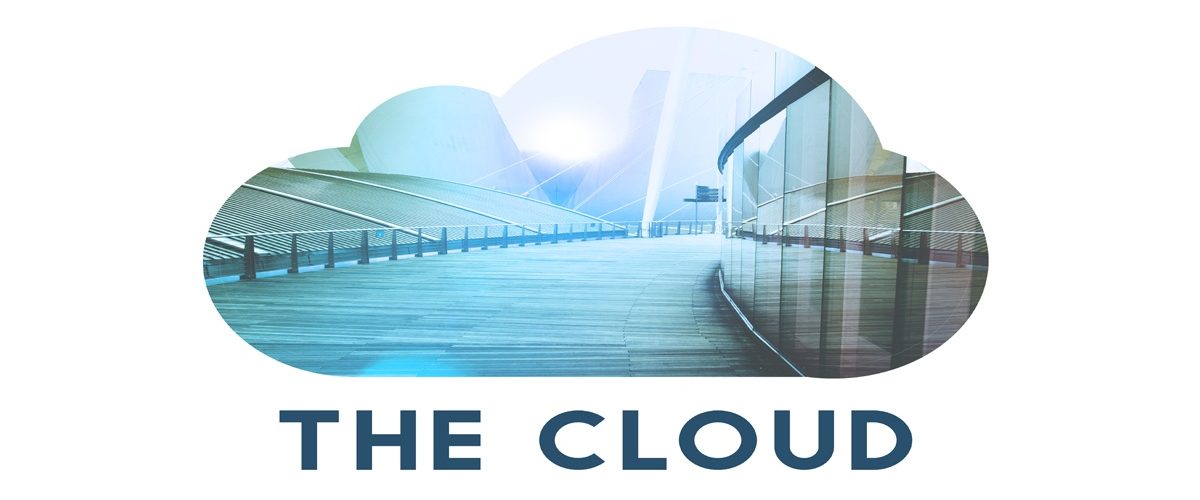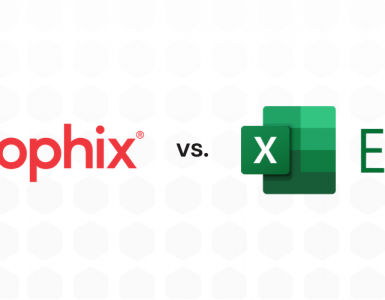When it comes to cloud software, our customers often ask about the difference or importance of “multi-tenancy.” vs. “single-tenancy.”
First… let’s define Multi-Tenancy and Single-Tenancy Software
Axero defines multi-tenancy software in this way: “Multi-tenancy means that a single instance of the software and all of the supporting infrastructure serves multiple customers. Each customer shares the software application and also shares a single database. The data is tagged in the database as belonging to one customer or another, and the software is smart enough to know who the data belongs to.”
They define single-tenancy in this way: “A single instance of the software and all of the supporting infrastructure serves a single customer. With single tenancy, each customer has their own independent database and instance of the software. With this option, there’s essentially no sharing going on. Everyone has their own, separate from everyone else.” (citation)
Think of multi-tenancy like desk sharing in a busy office, when a desk is not being used by one employee, then another can take it over. This ensures that we are using our desks at the most efficient capacity possible. This “sharing” approach applied well to the early days of cloud computing, but the pendulum has swung. Office space is expensive, but cloud resources continue to become less and less expensive, the need to share computing resources is not as essential as the need to share desks. When asked “is Prophix multi-tenant?” I would reply to them that it actually doesn’t matter.
Learn more about Prophix’s cloud and on-premise offerings.
Why doesn’t it matter?
First, to be clear, Prophix is single-tenant. But here’s why that doesn’t really matter to the end user:
- The business user should be unaware that a solution was single tenant or multi-tenant. In our desk sharing example, the end-user experience should be: show up, sit down, start work. This is fine until you show up one day, all the desks are taken, and you must wait in line to start your workday. Similarly, the argument to push for multi-tenancy could result in the end-user login and get a message that the system resources are busy when they have an important deadline in front of them. Prophix is single-tenant, so the resources that you purchase are yours and only yours.
- Many years ago, the IT Buyer multi-tenant debate centered around people not being on the same version if they were not multi-tenant, or the fact that it was difficult to upgrade. This is a poor argument because, in today’s cloud environment, everyone can be on the same version and on the same upgrade cadence in a single tenant environment because of the modern tools available. We’ve architected Prophix to be simple to upgrade and maintain and have created tools to facilitate this.
Advantages of single-tenant environments:
- Every cloud customer has a dedicated environment provisioned to meet the strictest security requirements.
- Data is never co-mingled with data from another customer and access to data is limited to only your organization’s users.
- One customer will never be impacted by the behavior of another customer utilizing Prophix Cloud services.
- Each environment can be customized to meet unique requirements with respect to computing power and logical access.
While both multi-tenancy and single-tenancy environments can be developed in a way that makes little difference to the end user, we recommend single-tenancy because of its unique back-end advantages.
Click here to learn more about Prophix’s cloud-based corporate performance management solutions.






